Whenever I’ve come across an ordination class photo (a photo that shows all who were ordained as priests in a given year) I’ve always wondered about the new lives those depicted would soon be living. Where did they end up in mission? Did they end up as a parish priest, a hospital chaplain, an educator? Did they help improve healthcare or provide access to clean water? So many possibilities lay ahead for these men – captured in a single photo. So I decided to choose a random year – the class of 1947 – and I selected one of the newly ordained priests. What would become of him? What mark did he leave on the world? Let’s find out together…
Father Walter J. Maxcy was ordained to the priesthood on June 15, 1947. Instead of being given a foreign mission, Fr. Maxcy’s first assignment for Maryknoll was with the Development Department, working in New York City. He would spend eight years using his talents to promote Maryknoll by speaking in schools to aid in vocations, manning booths at various exhibitions, and talking to all manner of people – sometimes in the most unusual of locations.
Take for example, this story about Fr. Maxcy that we have from Fr. John-Daly Walsh:
“I have a friend who worked…in down-town New York City telling me how startled she was to meet Fr. Maxcy for the first time. She was in a taxi – stalled in New York City mid-day traffic. Suddenly, she realized that the door of the taxi next to hers opened and a priest in full clerical garb approached her taxi on the passenger side.
He put his hand in the window and handed [her] a Maryknoll brochure while saying, ‘Please don’t be alarmed – I’m Fr. Walter Maxcy of the Maryknoll Missioners. Have you ever heard of Maryknoll before? If not, why not humor me by reading this while you are stuck in this traffic jam!’
With that the horns of other taxis indicated that the traffic was moving. Fr. Walt rushed his farewell ‘God bless you, Miss’ and returned to his taxi.
The woman later volunteered to help do secretarial work at the Maryknoll Office [in New York City].”
Eventually, Fr. Maxcy received his overseas mission assignment and after his Departure Ceremony on June 15, 1958, he headed to the Philippines. Fr. Maxcy was assigned to the Santo Tomas parish as its first pastor. While in Santo Tomas, Fr. Walt was known for three major accomplishments. He established a parish credit union that provided low interest loans to the local people for crop failures, farm improvements, sickness, and educational expenses. As part of the credit union he established a means for locals to rent carabao, or water buffalos. These animals, known as the “tractor of the orient” were well suited to work the rugged farm land. However, most farmers were unable to afford to buy one. So, Fr. Maxcy bought 14 carabaos through the credit union and began loaning them out to the farmers. Due to the increased productivity, after a few years the farmers were able to buy the carabao for themselves.
Another project started by Fr. Maxcy was a cooperative store. The store was started in response to the unfair practices of local merchants who would inflate prices due to having a monopoly of the consumer trade. The cooperative sold most goods “just slightly above cost, returning any profits in the form of dividends to the 150 members of the cooperative.” Fr. Maxcy, talking about the coop, stated, “The cooperative store has had a considerable effect on the economy of the town not only because it has taught the cooperative members that small investments can be profitable, but also because it has forced the consumer monopolies to lower their own prices to compete with the cooperative store.”
The final project was a school feeding program to combat the poor nutrition of the local children. According to a press release, the program used “surplus food supplied by Catholic Relief Services…milk, bread and beans at a nominal cost to the students of the government-run primary school and of the Maryknoll Fathers’ high school…Before the school lunch program began, the Maryknoll Sisters who taught in the high school noticed how listless and inattentive the children became during the morning. But almost immediately after the food program started, teachers in both of the schools reported that, with increased food and better nutrition, the students were livelier, better able to concentrate and more eager to learn.”
In his later years, Fr. Maxcy served as a hospital chaplain at the Davao Medical Center. He would attend to sick calls and other spiritual needs of the patients. Fr. Maxcy called hospital chaplaincy “the finest expression of the priesthood. Here we feel the reality of the presence of God because people in crisis go back to the roots of their existence.”
Fr. Maxcy was of great service to the people of the Philippines. So much so that he received the Bukas Palad award at the Ateneo de Manila in 2002. The award is given in recognition to a Religious who shows unconditional and dedicated service. Fr. Maxcy was cited as being “the joyful missioner whose life demonstrates his personal mission to make all Filipinos feel at home in the Church.” Father Maxcy remained in the Philippines until July 2005.
Going back to that original photo of a newly ordained Fr. Walter Maxcy and I can’t help but wonder if he had any idea of what God had in store for him in his mission life or of all of the people who he would come to serve. He embarked on a life fully dedicated to those less fortunate and it’s amazing to be able to look back on it now, in 2021, and remark on all Fr. Maxcy accomplished.


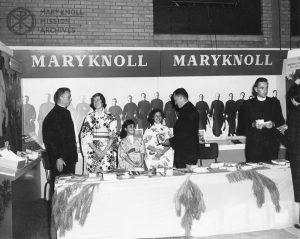
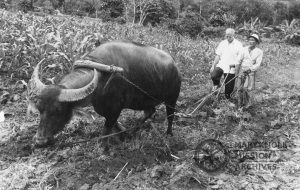
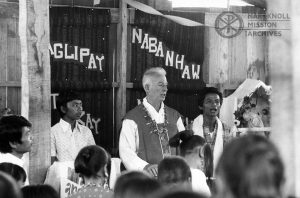
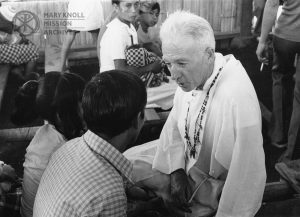
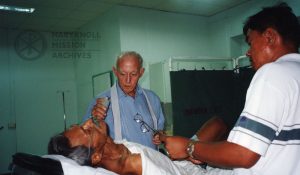
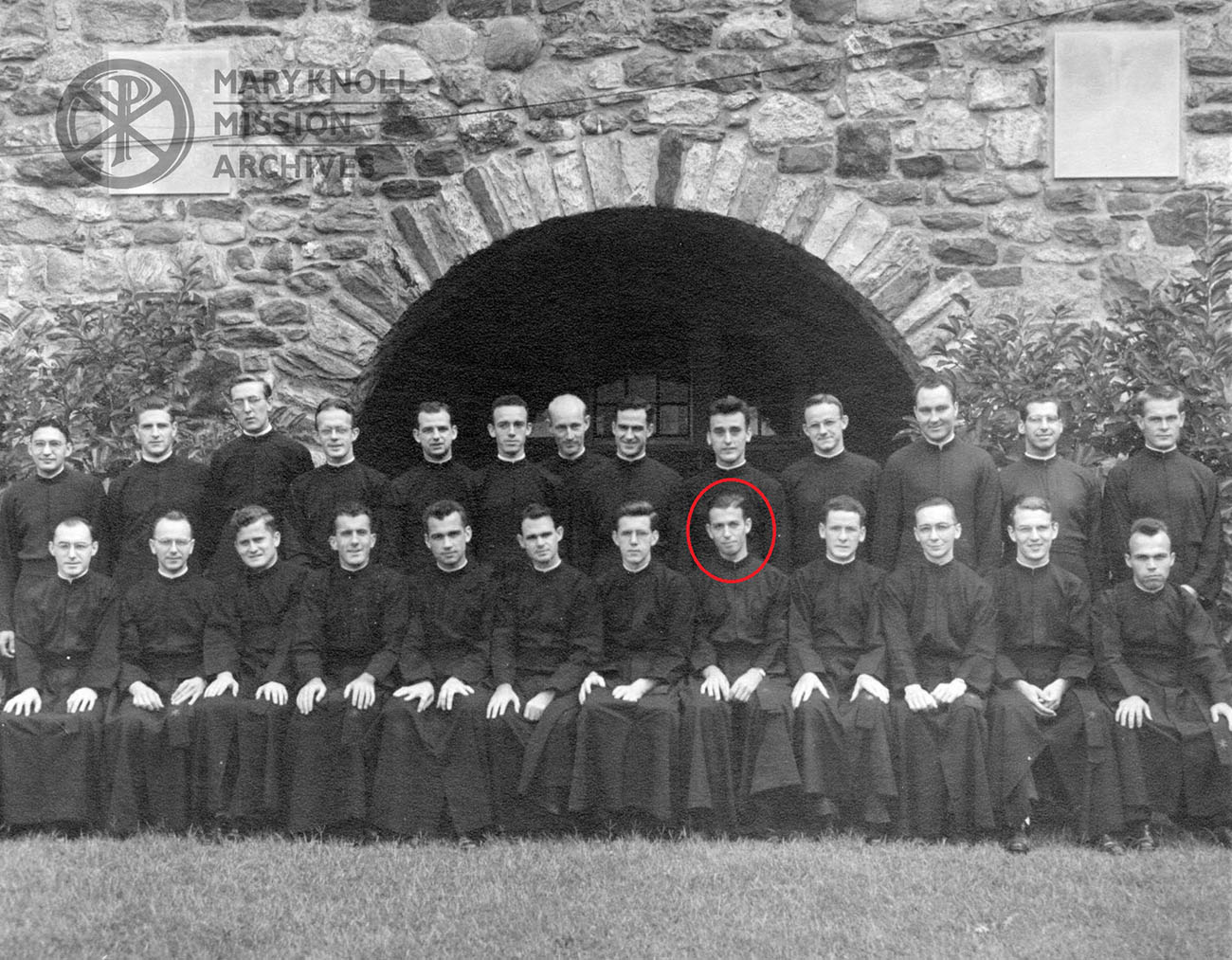
Father Maxcy was a dear friend of my parents. From my Moms telling, he knew what he could accomplish. He had that perseverance and vision.